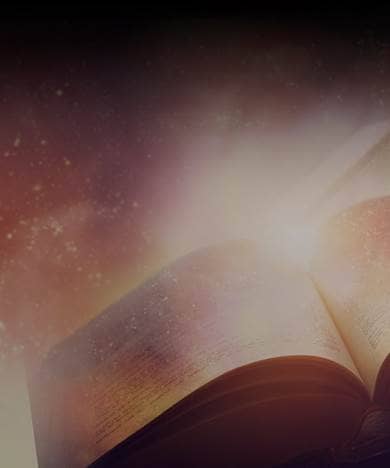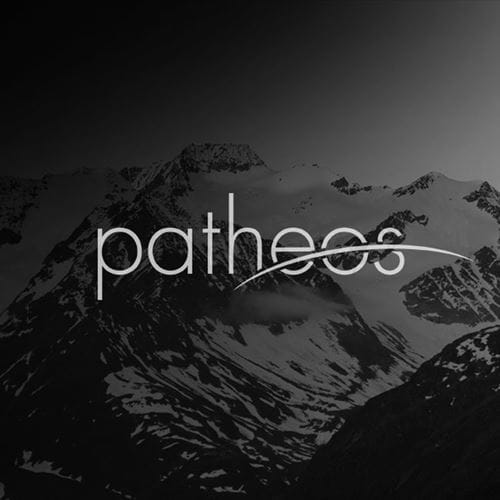- Trending:
- Pope Leo Xiv
- |
- Israel
- |
- Trump
- |
- Social Justice
- |
- Peace
- |
- Love

RELIGION LIBRARY
Mesopotamian
Ancient Mesopotamian religion refers to the various religious traditions of the people who inhabited ancient Mesopotamia (modern Iraq) before the arrival of Christianity. These traditions trace back to the 6th century B.C.E. with the Sumerian people and later transitioned to the Akkadians who emigrated into Mesopotamia in the 4th millennium B.C.E. These traditions included many myths that were meant to explain the creation of the earth, the beginning of the gods, and the development of their civilization. Ancient Mesopotamian religions were polytheistic with a hierarchy of gods demonstrating the structure and order of the cosmos. The highest of the gods was An (also Anu), the god of heaven, who created the seasons and the calendar. Other important gods included Enlil (the god of winds and agriculture) and the goddess Ninhursag (the goddess of birth). There were also a great number of other gods related to rain, floods, war, and love. Demons also existed within these ancient traditions, but they were not considered gods, rather spiritual beings that caused trouble for humanity including sickness, disease, and thunderstorms. Some of the cultic practices of ancient Mesopotamian religion were based on meeting the needs of the gods, who would in turn, take care of their followers. This included building temples for the gods filled with statues and raising crops to satisfy the gods. Worship rituals included prayer to the gods, as well as ceremonies and festivals around birth, marriage, and death. Divination and astrology were also important aspects of ancient Mesopotamian religious practice.
Quick Facts
| Formed | -2000 |
| Adherents | Unknown |
| Deity | Polytheistic, including Marduk, Ishkur, Ashur |
| Sacred Text | Various texts, including Enuma elish, Epic of Gilgamesh |
| Origin | Various texts, including Enuma elish, Epic of Gilgamesh |
| Headquarters | Babylon, among others |










